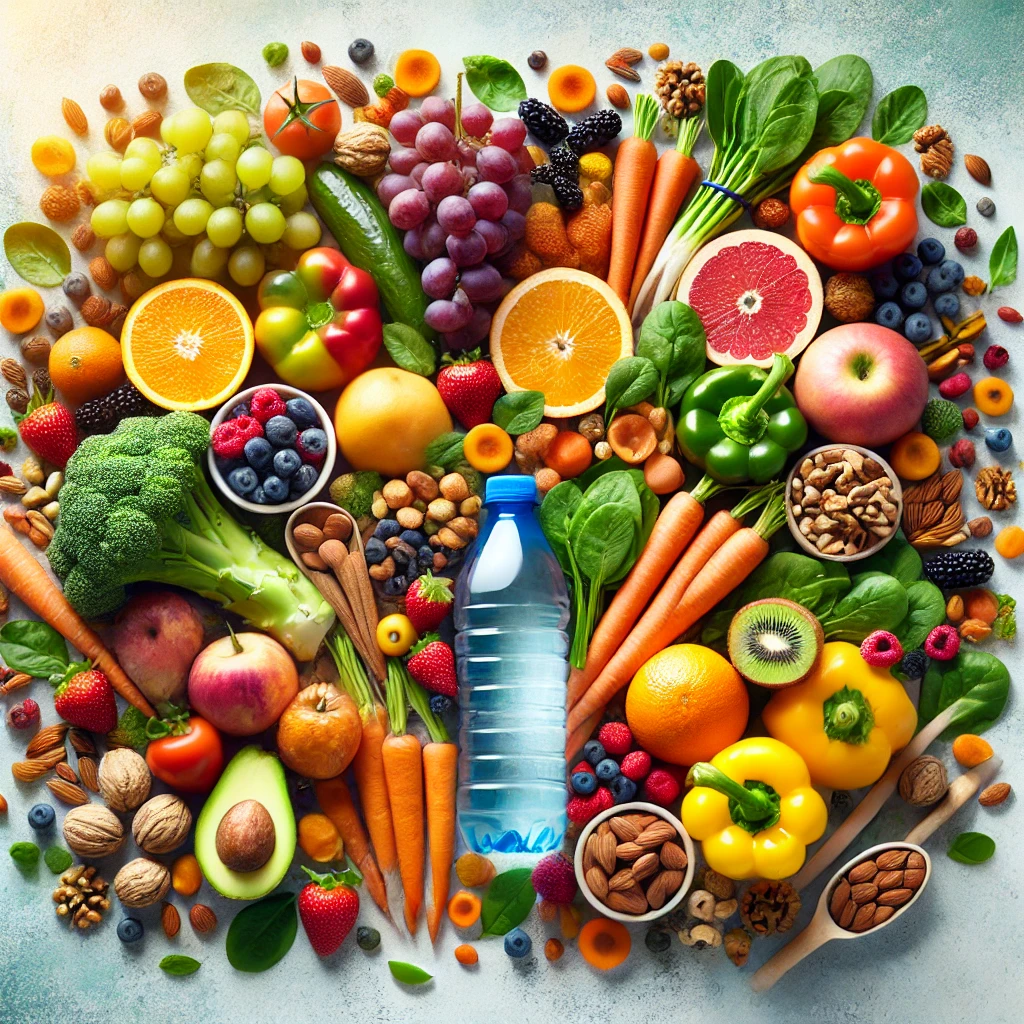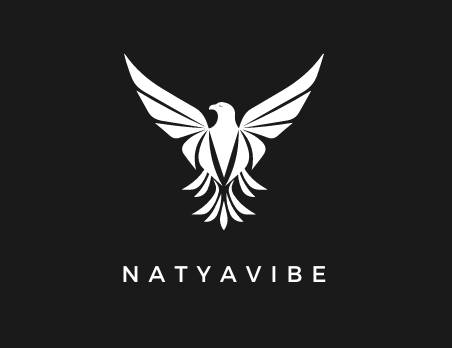Nourish to Flourish – The Key to Mastering Bharatanatyam
Picture this: You are in the midst of a Bharatanatyam practice, going through some intricate adavus, feeling your body glide smoothly from one pose into another. Suddenly, you begin to feel a slump, and those fluid movements start to weigh you down. You know something is missing—it’s not your technique, but your fuel. For Bharatanatyam dancers, a well-balanced diet isn’t just about keeping fit; it’s about performance enhancement, stamina, and recovery. That’s where the right diet tips come in. When it comes to a dance form just as physically demanding as Bharatanatyam, nutrition is very important. In this blog, we go deep into diet tips that would help dancers not just sustain their energy but thrive in practice.
Table of Contents
The Dance of Fuel and Movement: Why Nutrition Matters
Bharatanatyam is a dance form that uses exhausting footwork and expressive hand gestures. A dancer has to engage literally every muscle in the body, much like any other sport. Just like any other sport, nutrition is very important for good strength, flexibility, and endurance of the body. Without proper nutrition, your muscles may not recover well, and your performance could reach a plateau.

Let’s break it down:
1. Stamina and Energy
As a Bharatanatyam dancer, you are accustomed to long and exhaustive sessions of dancing that burn lots of calories. If your body does not get a proper supply of energy, then you may get exhausted even before completing your practice. This is why it is important to include carbohydrates in your meal intakes. Think of carbs as the gasoline for your body; without it, the tank of energy runs low. Examples of good sources are whole grains such as oats, brown rice, and quinoa. These foods go nicely with lean proteins and a healthy fat to make a good meal.
2. Flexibility and Muscle Recovery
A leading character of Bharatanatyam in regard to flexibility is supported right down through to what you eat; especially, the protein foods to help muscle recovery, some tissue repair after truly strong sessions. In its substitutes, tofu, legumes, and nuts also fare exceptionally well for this purpose. Second, omega-3 foods—flaxseeds, walnuts, and chia seeds—lend a hand of relief to reduce inflammation with an aim to keep healthy joints for fluid, flowery movement.
3. Hydration is Key
Hydration is not merely the quantity of water but a balance of various salts within your body that a person needs to take inside the body to prevent all kinds of cramps and resultant fatigue. Fresh coconut water, fresh fruit juices, and electrolyte-rich foods, like bananas, will get the deal of hydration going by maintaining your body’s fluids and keeping your muscles in fine fettle.
4. Vitamins and Minerals
Nutrient-dense foods help to keep the immune system strong and the body in excellent shape. This means foods such as dark, leafy greens, colorful vegetables, fruits that are particularly high in vitamins A, C, and E, and healthy snacks to help maintain energy and promote good skin health (which is essential for all those performance smiles).
Meal Planning for Dancers: What’s on Your Plate?
Now that we know why nutrition is important, let’s look at some simple and practical meal ideas for a dancer’s diet:
- Breakfast: A bowl of oatmeal topped with fruits and a sprinkle of chia seeds. Add some Greek yogurt or plant-based protein for an extra boost.
- Mid-Morning Snack: A handful of almonds or walnuts, which provide healthy fats and protein to keep you energized.
- Lunch: Tofu or chickpea salad with quinoa and a side of mixed vegetables. A colorful salad with spinach, carrots, and tomatoes also packs a punch in nutrients.
- Afternoon Snack: Fresh fruit like an apple or banana, and a glass of coconut water.
- Dinner: Roasted sweet potatoes with brown rice and steamed broccoli. This combination of plant-based protein, carbs, and veggies ensures you get a full range of nutrients before bed.
Avoiding the Energy Crash: Some Dos and Don’ts
Even with the best diet tips, there are some common mistakes that dancers often make:
- Not Skipping Meals: As tempting as it may be to skip a meal to “stay light,” your body needs fuel to function properly, especially before practice.
- Do Avoid Processed Sugars: While a sugar-laden snack may seem to be the easier way out for a burst of energy, its crash is inevitable. Instead, natural sugars are found in fruits.
- Do Listen to Your Body: If you feel tired very often or are usually short of finishing a session, know that your body might indicate a change in diet. Maybe a small change in one’s eating habits can result in a huge difference in better performance.
Conclusion: Nourish Your Passion, Elevate Your Art
Just as the intricate Bharatanatyam steps take time and focus, so does nourishing your body with the right food. Some of these diet tips may be easily incorporated into your day-to-day routine to improve performance, which keeps you strong, flexible, and injury-free. So next time you dance, ask yourself: am I fueling my body in the best possible way for my performance? Let food be your ally in this journey of dance and show how it reflects in your art. If you want to know more about Bharatnatyam you can visit NatyaVibes.

